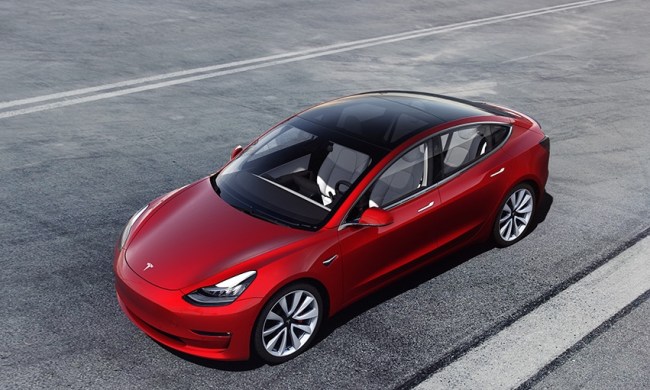“Our autonomous vehicles specialize in helping human workers haul extremely heavy loads of materials around the facility floor, making the whole system more efficient,” Jeff Christensen, vice president of product at Seegrid, told Digital Trends. “The new GP8 Series 6 adds one more layer of automation because it’s capable of executing hands-free load exchange from pickup to drop-off. That means the robot can approach a pallet, lift it up quickly and carefully, and drive off to the next point. This end-to-end automation solution optimizes warehouse operations by removing the need for human assistance to complete certain tasks.”

Compared to the automated guided vehicles (AGVs) that have been used in similar facilities for years, Seegrid’s self-driving forklifts don’t require any changes to a facility’s infrastructure in order to be used. Each vehicle operates using 10 cameras and image-recognition algorithms, instead of the wires, lasers, magnets, or tape commonly used by AGVs. This is also different from autonomous cars, which employ sensors like radar or lidar in order to move around. Christensen notes that the stereoscopic cameras the forklift uses have higher data density and offer a 360-degree view, compared to these rival sensor technologies. Another reason they do not require radar or lidar is because the lighting levels in a warehouse are more easily controllable than the natural light in the outside world.
Although the GP8 Series 6 is still in the pre-order phase, Seegrid autonomous vehicles are already being widely used in the industry. They have cumulatively driven more than 725,000 production miles for customers including General Motors, Amazon, Whirlpool, Jaguar Land Rover and many other manufacturing and distribution companies — all without a single accident.
The hope is that the company’s new autonomous forklift will not do anything to sully that sterling safety reputation. Until Skynet’s ready to make its move, at least!


